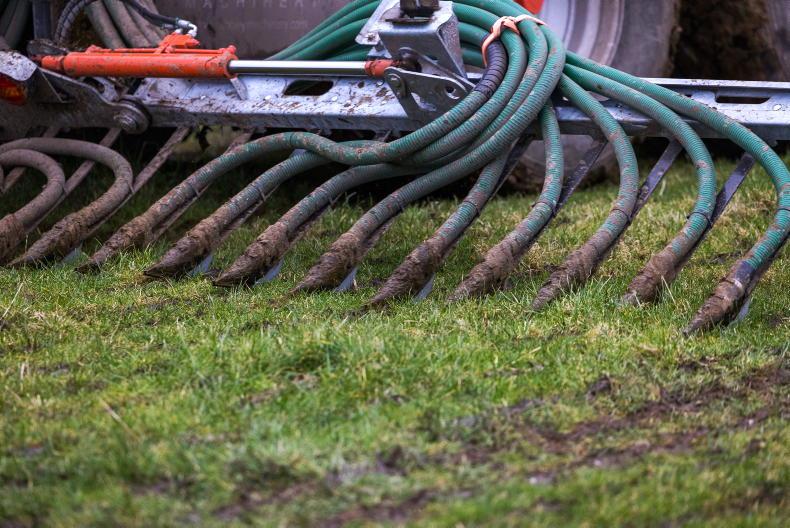The local agri food industry is not environmentally sustainable due to the current level of nutrients being imported into NI, a committee of MLAs has been told.
At Stormont last week, the Office of Environmental Protection (OEP) gave a frank assessment on where it expects environmental regulations to be heading in NI.
“Farmland bird index is going down, nutrient surplus in nitrogen and phosphorous is unsustainable, pesticide use is expanding, methane is going up, and ammonia is going up.
“When you look at those together it’s very difficult not to make the statement that, in its current form, the industry is unsustainable,” said Dr Donnacha Doody.
The OEP is an independent watchdog that was set up after Brexit to scrutinise what government departments and other public authorities do in relation to the environment.
The body has the power to launch investigations and take legal action against the likes of DAERA if it deems environmental law is not being complied with.
It is key factor behind DAERA rolling out tighter environmental rules in areas such as the proposed Nutrients Action Programme (NAP) and ammonia guidance for planning applications.
The current NAP proposals were a major talking point at last week’s meeting, with Doody stating that the OEP will respond to the ongoing public consultation.
“We’re also going to do an environmental law report looking at it in more detail and fundamental issues around it,” he said.
Political decision
In her address to MLAs, Dame Glenys Stacey acknowledged there were “sensitive and difficult political decisions” to be made around the NAP, but she added that “nutrient pollution must be addressed”.
“We want to be sure that the NAP goes far enough to address the challenges of water quality that we face at Lough Neagh and indeed elsewhere,” she said.
The OEP representatives pointed out that, aside from farming, wastewater treatment works and septic tanks are important sources of nutrient pollution in local waterways.
However, Professor Robbie McDonald of the OEP said there is “very solid evidence” about the level of excess nutrients that is coming from local farms.
He said 12,000t of phosphorus is imported into NI through animal feed, with a further 4,000t coming from fertiliser.
“It is excess of requirements for both growing grass and feeding livestock to the extent that the surplus going into the soil is more than 7,000t a year and 40% of soils are already above optimum,” he said.






 This is a subscriber-only article
This is a subscriber-only article










SHARING OPTIONS: